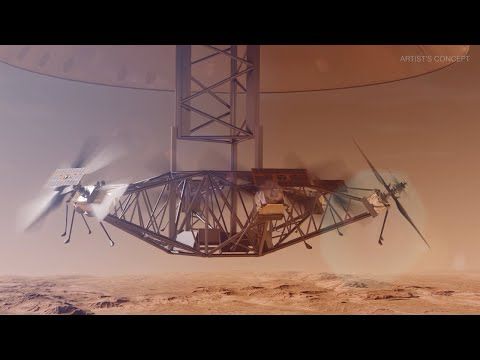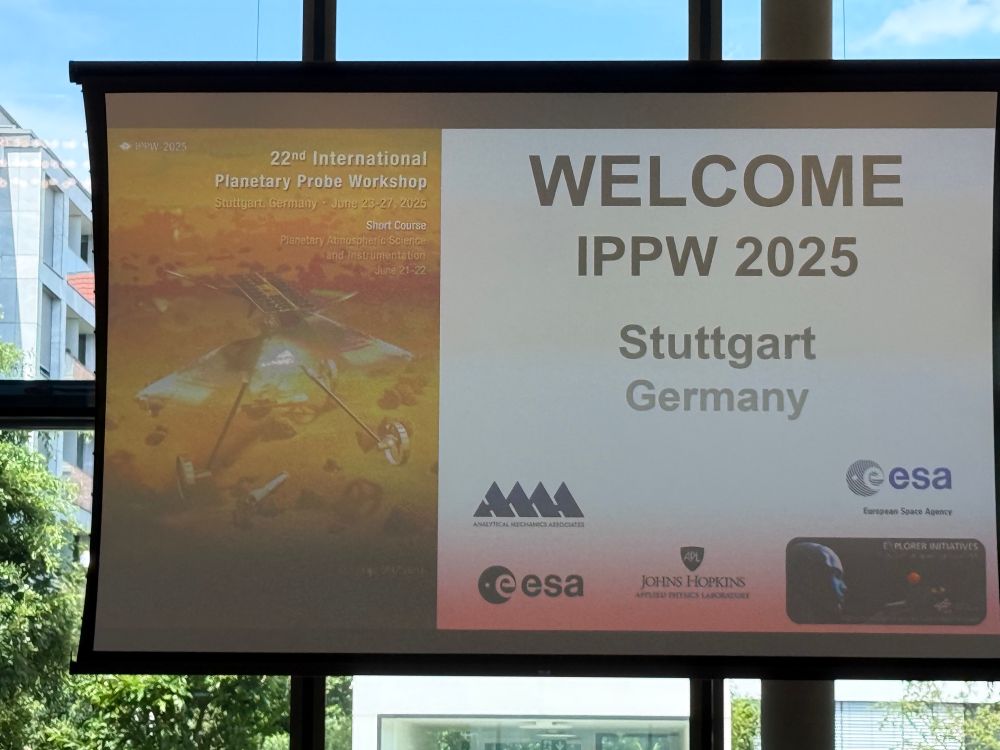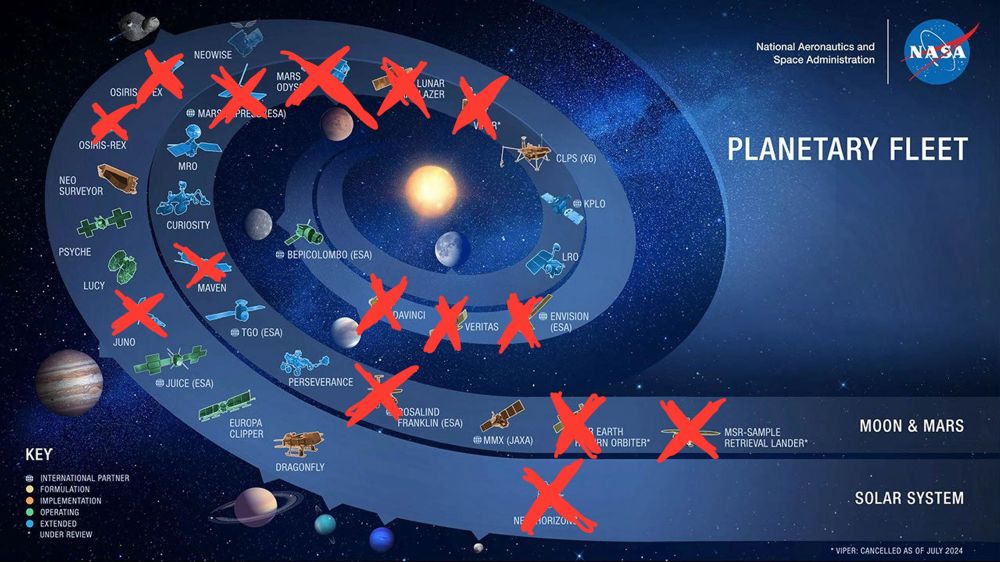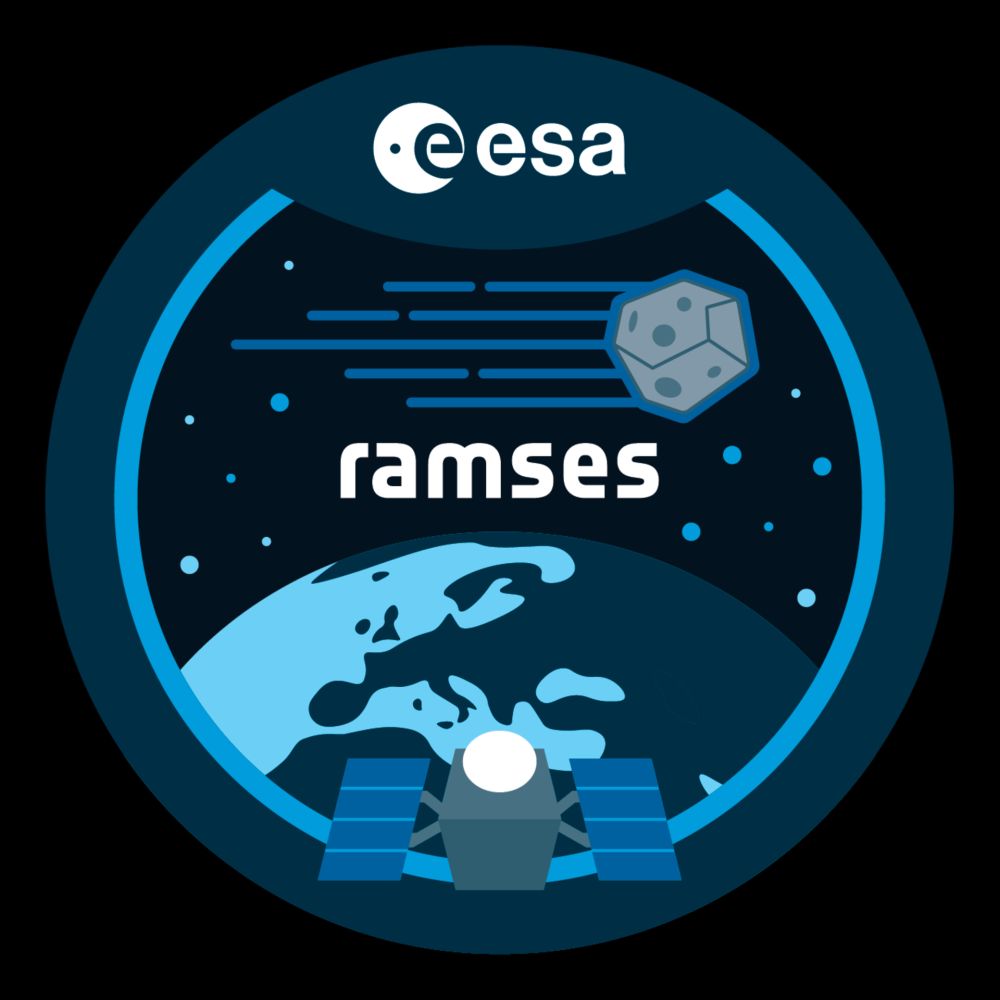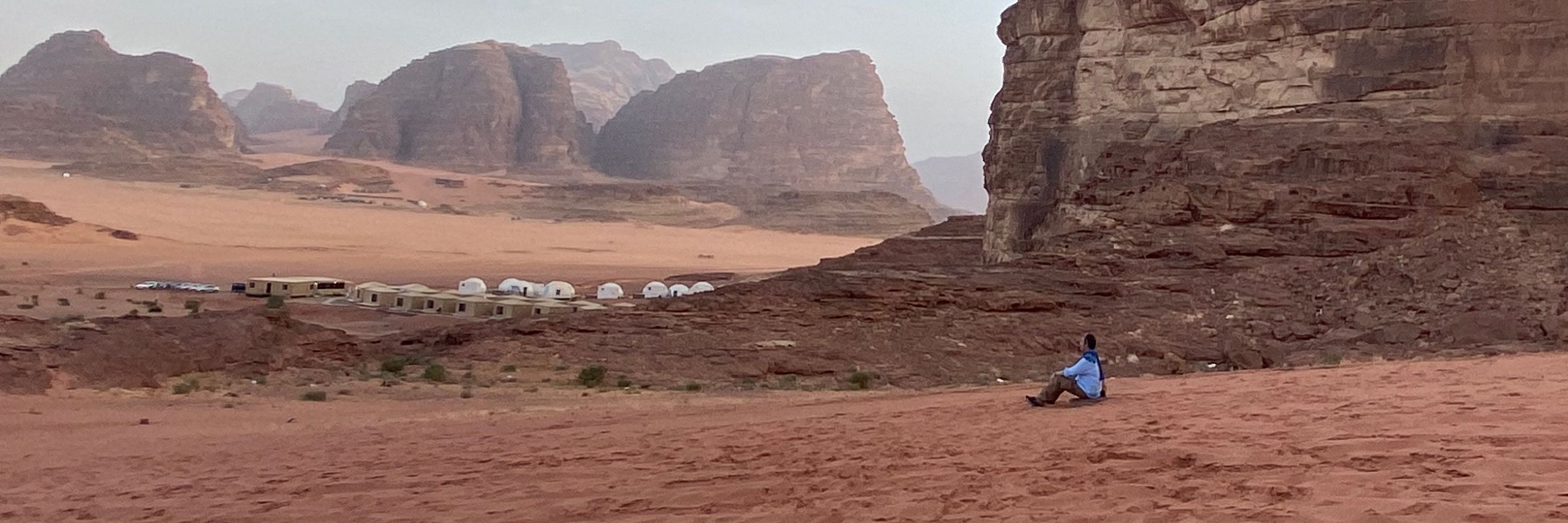
David Mimoun
@moonnext.bsky.social
8.5K followers
250 following
590 posts
Proud dad, Space Systems Prof U Toulouse- Mars Microphone @NasaPersevere Venus balloons #PlanetaryScience & SoCal addict. IHEDN 75e PolDef . Reserve Cit. AAE
Posts
Media
Videos
Starter Packs
David Mimoun
@moonnext.bsky.social
· Sep 11
David Mimoun
@moonnext.bsky.social
· Aug 5
C’est un véritable désastre écologique dans l’Aude. En à peine 7h, plus de 7000 hectares sont partis en fumée, avec un front de feu de >30km de long. La vitesse de propagation est exceptionnelle : nous assistons probablement au feu de forêt le + rapide et le plus violent du XXIᵉ siècle en France 1/2
David Mimoun
@moonnext.bsky.social
· Jul 24
David Mimoun
@moonnext.bsky.social
· Jun 23
Reposted by David Mimoun
David Mimoun
@moonnext.bsky.social
· May 31
The NASA budget req would end NASA's participation in ESA's Rosalind Franklin Mars rover (as anticipated) along with MSR, NASA's two Venus probes (DAVINCI and VERITAS) and coop with ESA on theirs (EnVision), and somewhat surprisingly OSIRIS-APEX and Juno, both already in space.

David Mimoun
@moonnext.bsky.social
· May 20
David Mimoun
@moonnext.bsky.social
· May 20
David Mimoun
@moonnext.bsky.social
· May 20
David Mimoun
@moonnext.bsky.social
· May 20









